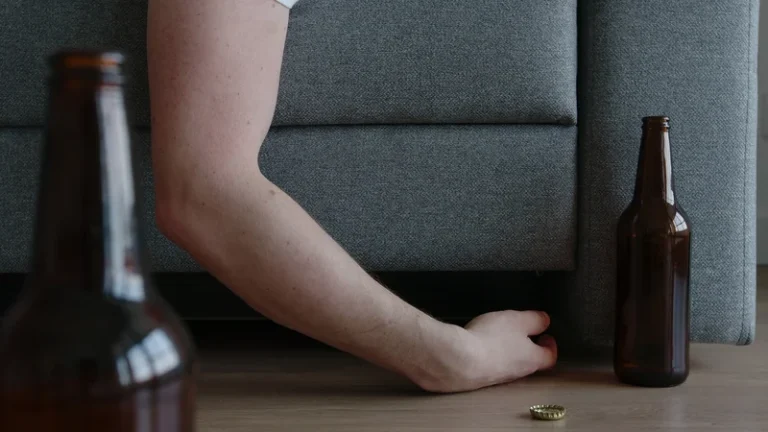What Does Powerlessness Mean in the 12 Steps?
It also made me realize that I’m not a bad person or a weak person. I saw that I was worse than I knew, but understanding the problem helped me accept the solution. Today with the understanding of powerless, our number one priority is our relationship with our creator and what is mesculin how we can best serve.
For many addicted to alcohol and drugs, it’s difficult to admit the way addiction has made their lives unmanageable. The self-awareness that comes with realizing how bad things are and how damaging the substance abuse has been is how you can start to desire a better future for yourself. The AA first step, admitting powerlessness and acknowledging the unmanageability your addiction brings, is a crucial leap toward lasting recovery.
Admitting Powerlessness Is a Form of Strength
Step 1 of AA acknowledges the need for members to hit rock bottom to understand alcohol addiction’s destructive nature. Spero Recovery Center is a peer-based residential recovery program. It is not a substitute for clinical treatment or individualized therapeutic services. The FHE Health team is committed to providing accurate information that adheres to the highest standards of writing. This is part of our ongoing commitment to ensure FHE Health is trusted as a leader in mental health and addiction care. They don’t talk about how that connects to drug addiction, substance use group ideas but one can instantly see the relationship without a proper definition.
What is AA?
They can step out of the process at any stage by simply acknowledging they need help, even when they don’t exactly see all the places that this help is needed. Embracing powerlessness allows individuals to cultivate resilience, humility, trust, and surrender. Embracing powerlessness in sobriety may seem counterintuitive, but it can lead to profound personal growth and transformation.
The impact of drugs and alcohol on your body over time renders your natural brain functions and mechanisms powerless. To acknowledge the way these is mary jane a drug substances have impacted your life is to admit that alcohol and drugs have made your life unmanageable and you can’t fix it on your own. This step is not saying you are powerless over your actions, decisions, or relationships with others; only over your addiction to alcohol or drugs.
- Your alcohol addiction is a physical compulsion beyond your control—a progressive illness that defies common sense.
- By recognizing powerlessness, individuals can let go of old patterns, seek support from others, and develop healthier coping mechanisms.
- When you’re able to accept the fatal progression of your alcohol use disorder, you can’t continue living in denial.
- It’s a moment of profound self-realization and humility, opening the door to hope, healing and transformation.
- What research has discovered is that acceptance of this step should be centered on the person and what they believe is problematic.
SMART Recovery vs. A.A. – Is One Better?
Here’s an exercise that can show you the value of being powerless. For example, other people’s actions, the reality of addiction, the past, other people’s emotions, and the list goes on. As a brand, we prefer to use person-first language to avoid defining people by their condition and the stigma that may come with it. That said, we understand the language of Alcoholics Anonymous often does not avoid using the term «alcoholic.»
By recognizing and embracing these examples of powerlessness in sobriety, individuals can navigate their recovery journey with a greater sense of self-awareness, humility, and resilience. In sobriety, accepting limitations and vulnerability is an essential aspect of embracing powerlessness. Addiction can create a false sense of invincibility, leading individuals to believe they are immune to consequences and can handle any situation. However, the reality is that addiction makes individuals vulnerable and exposes their limitations. Accepting these limitations and acknowledging vulnerability is a powerful step towards personal growth and recovery. It involves recognizing the need for support, seeking help when necessary, and understanding that it’s okay to ask for assistance.
Letting Go of Old Habits and Patterns
Admitting powerlessness means we can’t control our substance abuse. We might be able to stave off our abuse from time to time, but we start drinking or using drugs again sooner than later. As the definition says, we lack the authority or capacity to stop. In this article, we’ll explain the definition of powerlessness and why it’s so important in AA’s twelve steps process.





